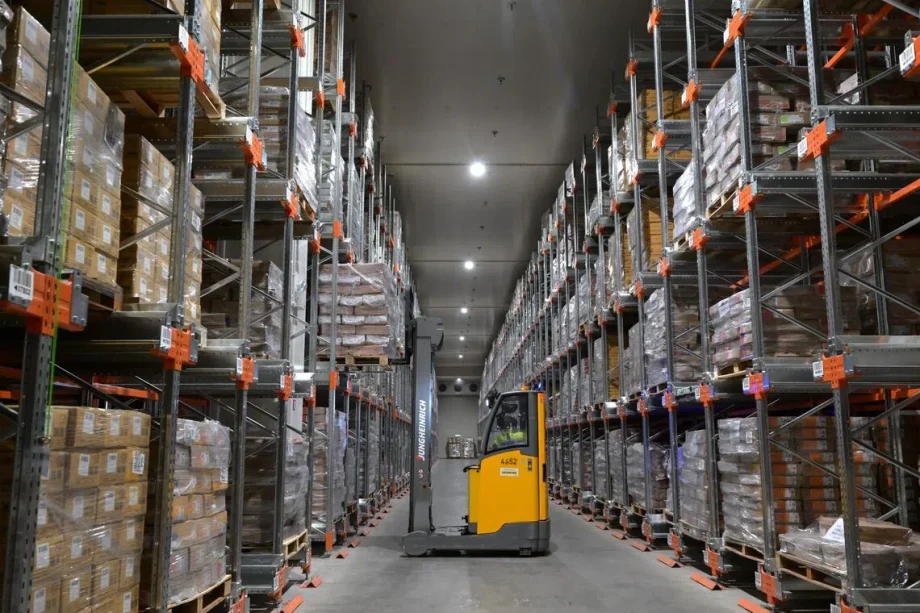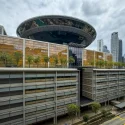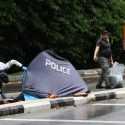SINGAPORE – In a cavernous cold room one-third the size of the Padang, frozen chicken is stockpiled in rows of carton boxes as part of Singapore’s food security efforts.
The 13,500 sq m facility is about 90m long and 10m high, kept as cold as minus 23 deg C, and can store up to 20,500 pallets.
Operated by supply chain and logistics firm YCH Group, it is one of the food stockpiling sites in Singapore.
Apart from frozen chicken, these stockpile sites have other food products, including canned food and rice, even though only rice is currently required by law to be stockpiled.
Food stockpiling is one of the pillars of Singapore’s food security strategy, alongside import diversification, local production and global partnerships.
This is to counter disruptions brought about by factors such as climate change, pandemics and geopolitics, said Senior Minister of State for Sustainability and the Environment Zaqy Mohamad during a visit on Oct 22 to the cold room, which is at an undisclosed location.
“We have evolved our stockpiling strategy to cover today’s needs and are looking at potential threats or disruption that may come ahead,” he said, adding that the current food stockpiling also includes proteins like chicken.
Keeping stockpiles of staples can help to safeguard the Republic from supply chain disruptions, which can be caused by erratic weather patterns due to climate change, for instance.
Citing the example of the chicken export ban Malaysia had imposed for a few months in 2022 as it struggled to meet its own poultry demand, Mr Zaqy said Singapore cannot take its food supply for granted.
Singapore’s stockpiles are important because “as a responsible government, we have to plan forward, whether it’s disruptions due to pandemics, Covid or even food bans”, he said.






